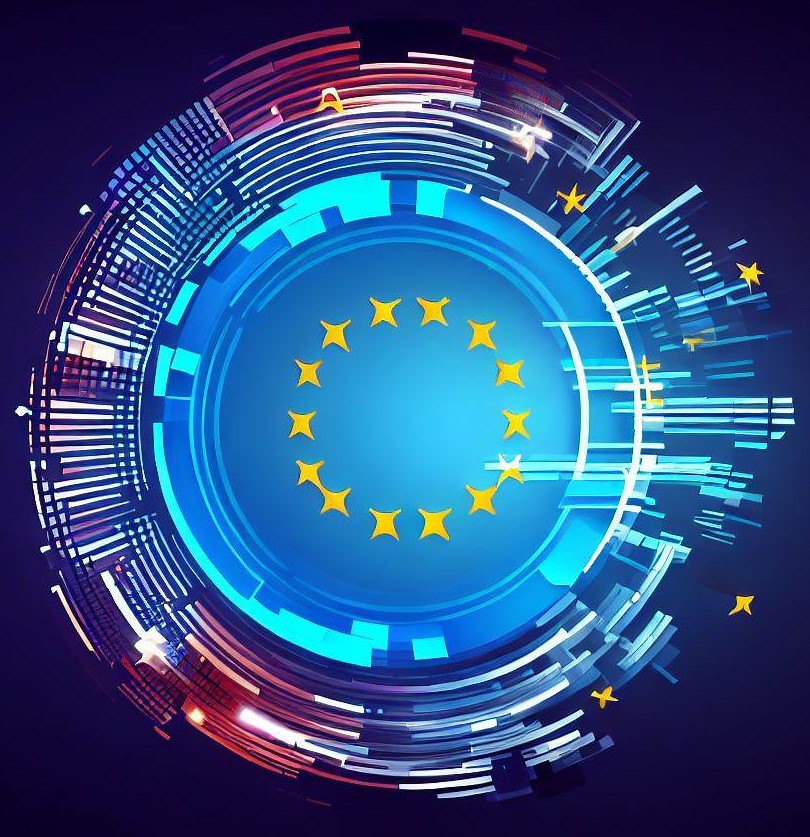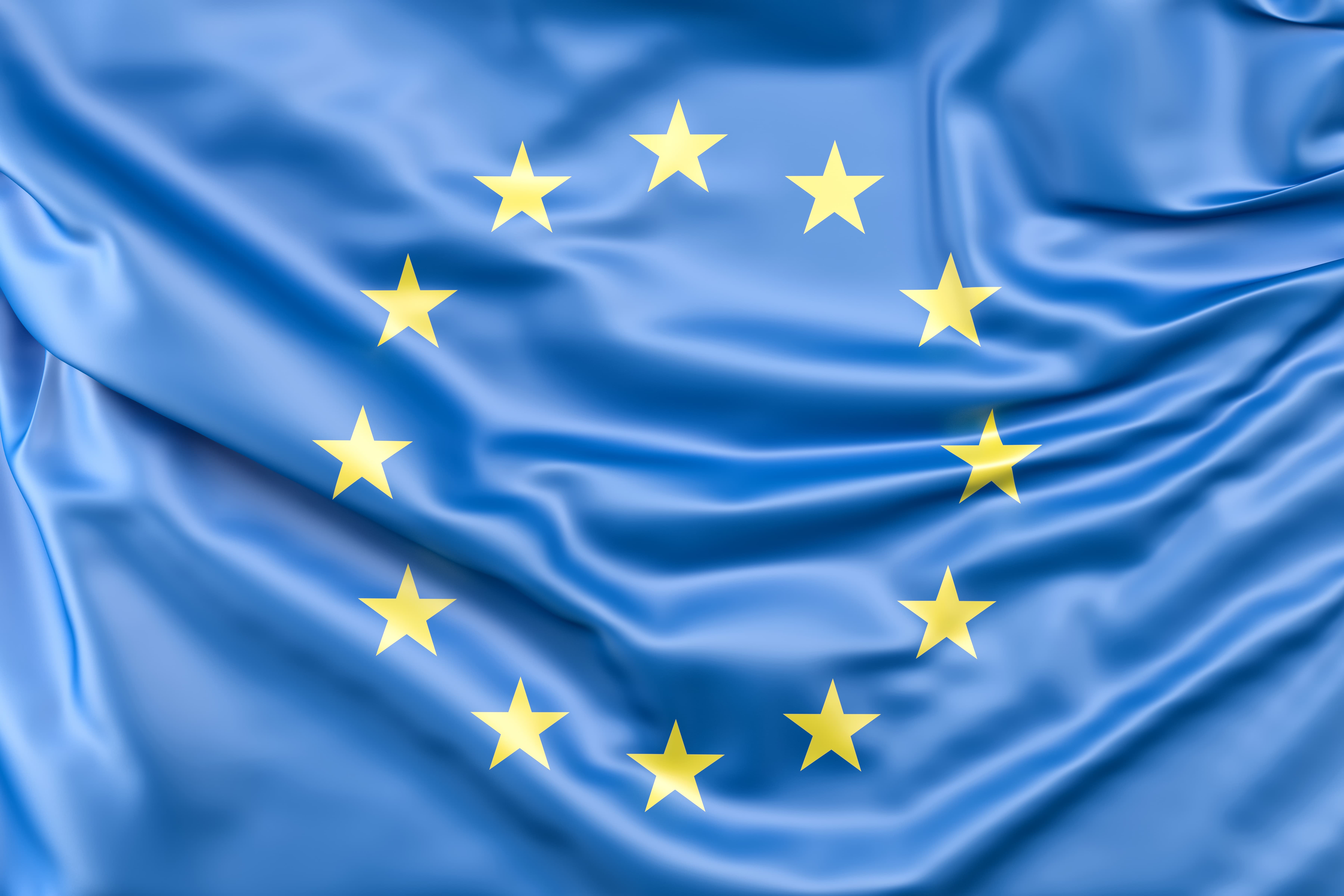The European Commission has ordered X to retain all internal documents and data on its AI chatbot Grok until the end of 2026. The order falls under the Digital Services Act after concerns Grok’s ‘spicy’ mode enabled sexualised deepfakes of minors.
The move continues EU oversight, recalling a January 2025 order to preserve X’s recommender system documents amid claims it amplified far-right content during German elections. EU regulators emphasised that platforms must manage the content generated by their AI responsibly.
Earlier this week, X submitted responses to the Commission regarding Grok’s outputs following concerns over Holocaust denial content. While the deepfake scandal has prompted calls for further action, the Commission has not launched a formal investigation into Grok.
Regulators reiterated that it remains X’s responsibility to ensure the chatbot’s outputs meet European standards, and retention of all internal records is crucial for ongoing monitoring and accountability.
Would you like to learn more about AI, tech and digital diplomacy? If so, ask our Diplo chatbot!










